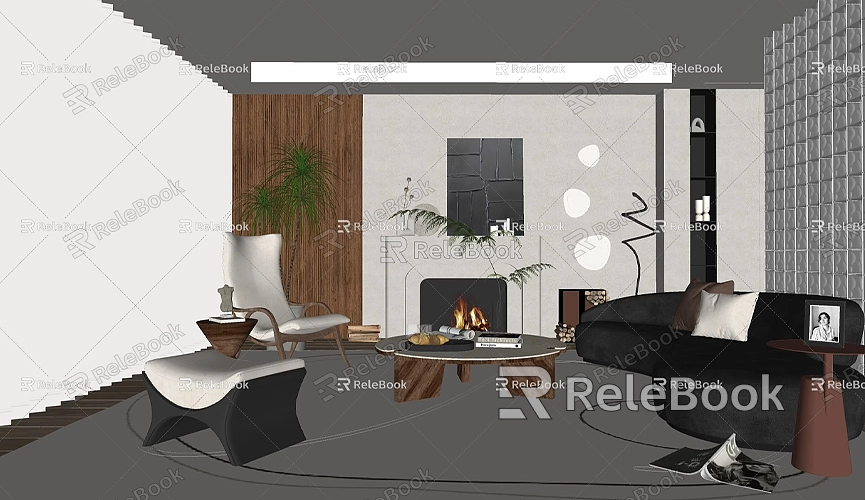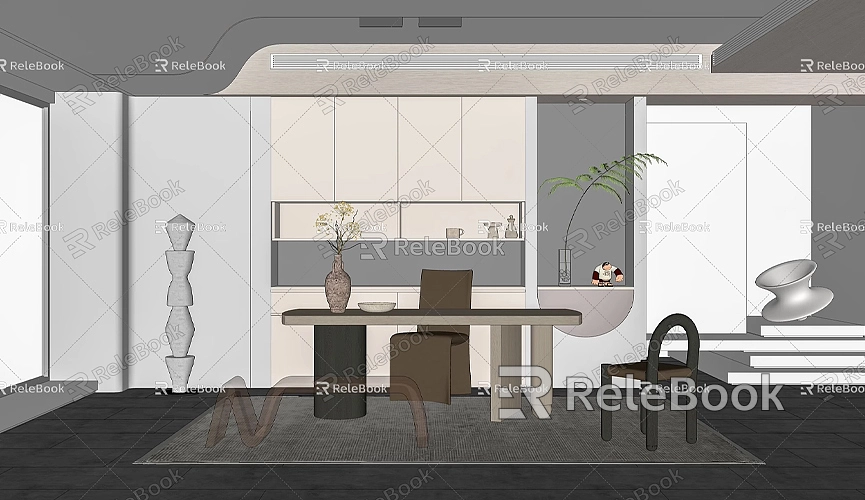How to make contour model in sketchup
In architecture, terrain modeling, and environmental planning, contour models are a commonly used representation. They clearly display the undulations of the land, helping designers and engineers better understand and present variations in topography. SketchUp, as a powerful 3D modeling tool, provides users with convenient features for creating contour models. In this article, we will detail how to make a contour model in SketchUp, including the required tools, steps, and some tips and considerations.
First, before creating a contour model, you need to prepare relevant terrain data. Typically, this data can be obtained from Digital Elevation Models (DEMs), which contain elevation information about the surface and are ideal for creating contours. You can download the necessary DEM data from various Geographic Information System (GIS) websites, ensuring that the data fits your project requirements.
Once you have the required DEM data, the next step is to import this data into SketchUp. SketchUp supports various file formats, but here we will use elevation data in CSV format. You can use GIS software (like QGIS) to convert the DEM data to CSV format. In the CSV file, ensure it includes the X and Y coordinates and the corresponding elevation values for each point.

After opening SketchUp, select the “File” menu and then choose the “Import” option. In the pop-up dialog, find and select the CSV file you just prepared. During the import process, be sure to select the correct unit settings to ensure the model is proportionate. Once the import is complete, you will see a series of points in SketchUp representing the elevation information of the terrain.
Next, you need to connect these points to form contour lines. Use SketchUp's “Line” tool to connect adjacent elevation points into line segments. To make the model more accurate, you can adjust the position and shape of the connecting lines according to changes in elevation. This process may require some patience, especially when dealing with more complex terrain.
After connecting the points, the next step is to create the contour lines. You can use the “Push/Pull” tool to raise the connected line segments, creating a three-dimensional effect. Depending on your needs, you can adjust the height of the contour lines to create different layers of terrain. During this process, it’s advisable to use different colors or materials to better display the various heights of the contour lines.
To further enhance the visual appeal of your model, you may consider using advanced rendering plugins. SketchUp supports various rendering plugins, such as V-Ray and Lumion, which can add lighting effects and detail to your contour model. With these rendering tools, you can vividly showcase the terrain variations, helping viewers better understand the model.
Utilizing external resources is also important during the contour model-making process. For instance, high-quality 3D textures and HDRI can add realism and depth to your model. If you need many high-quality 3D textures and HDRI while creating models and virtual scenes, you can download them for free from [Relebook](https://textures.relebook.com/). This website offers a rich variety of resources that can help enhance the presentation of your models. Additionally, if you need exquisite 3D models, you can visit [Relebook](https://3dmodels.relebook.com/) for a wide selection of quality resources. These assets can save you time and help quickly elevate the professionalism of your models.

During the modeling process, you might also consider adding supplementary elements like trees and buildings. These elements not only enhance the model's realism but also help viewers better understand the context in which the terrain is used. You can find suitable 3D models in SketchUp’s component library and place them on your contour model. A thoughtful arrangement and combination of these elements can make your model more lively and attractive.
Additionally, while creating contour models, pay attention to certain details. Ensure that the spacing between each contour line is appropriate, as this will better showcase the slope changes of the terrain. If the spacing is too wide, the variations in terrain may not be clear, affecting the overall effect. Conversely, if the spacing is too narrow, the model may appear overly cluttered. Therefore, proper spacing is crucial.
After completing the model, remember to save your work. In SketchUp, you can choose the “Save” option in the “File” menu or use a keyboard shortcut. It’s also advisable to regularly back up your work files to prevent data loss. You can back up important files to cloud storage or an external hard drive to ensure project safety.
During the process of creating contour models, communicating with other designers can provide valuable insights. Engaging in design communities or forums and sharing experiences and tips with other users can help you master the use of SketchUp more quickly. On these platforms, you can also find many practical tips and tutorials about terrain modeling that will help you complete your projects more effectively.
Finally, staying updated on new tools and resources is also essential. As design technology continues to evolve, new 3D models and rendering tools are constantly emerging. Regularly keeping up with industry trends and participating in relevant training and learning can help you stay at the forefront of design.
Creating contour models in SketchUp can be relatively complex, but by effectively utilizing external resources and tools, you can enhance work efficiency and design quality. From obtaining terrain data and importing models to drawing contour lines and adding other elements, each step requires careful attention. We hope this article helps you smoothly create contour models and enhance your design skills. If you need high-quality 3D textures and HDRI for your models and virtual scenes, you can download them for free from [Relebook](https://textures.relebook.com/). For exquisite 3D models, visit [Relebook](https://3dmodels.relebook.com/) for a variety of quality resources. May your design journey be smooth, and may you create more outstanding works!

